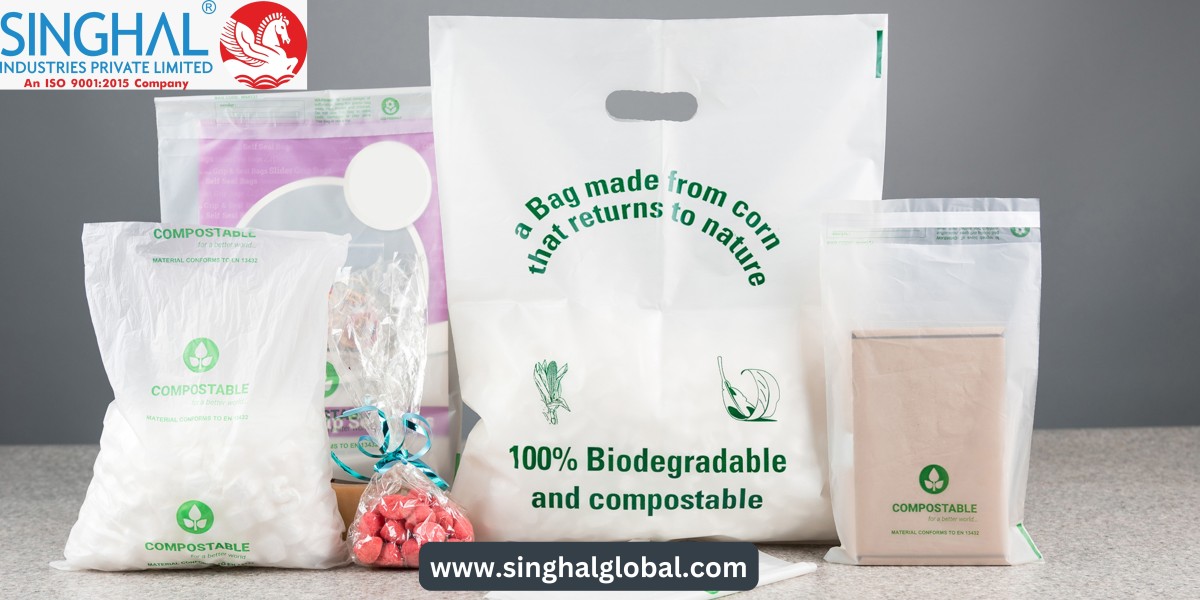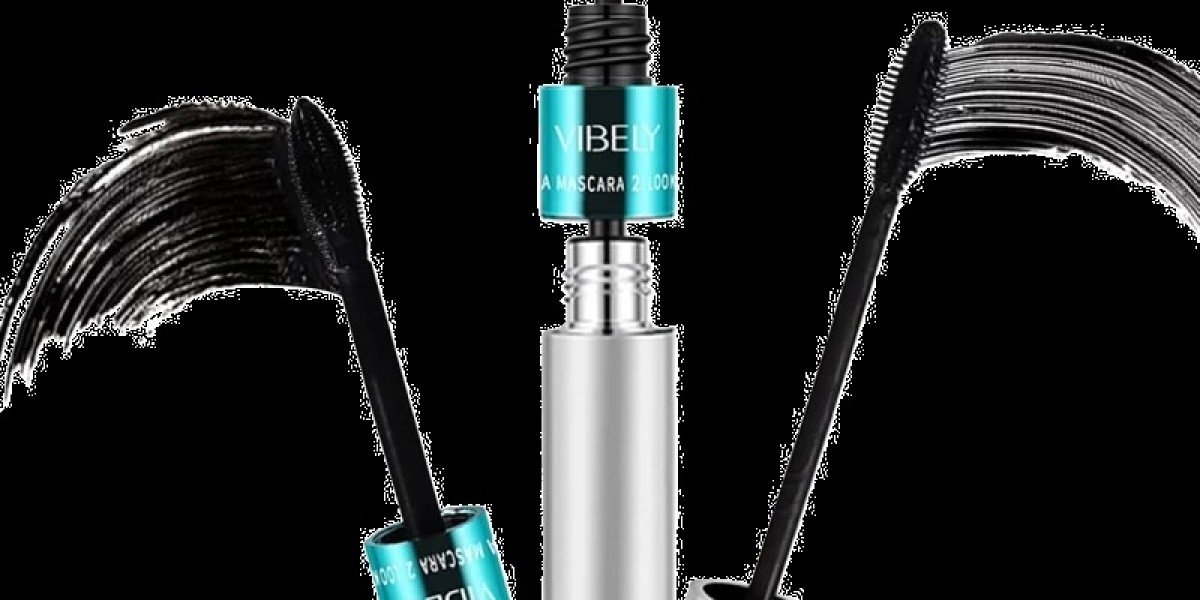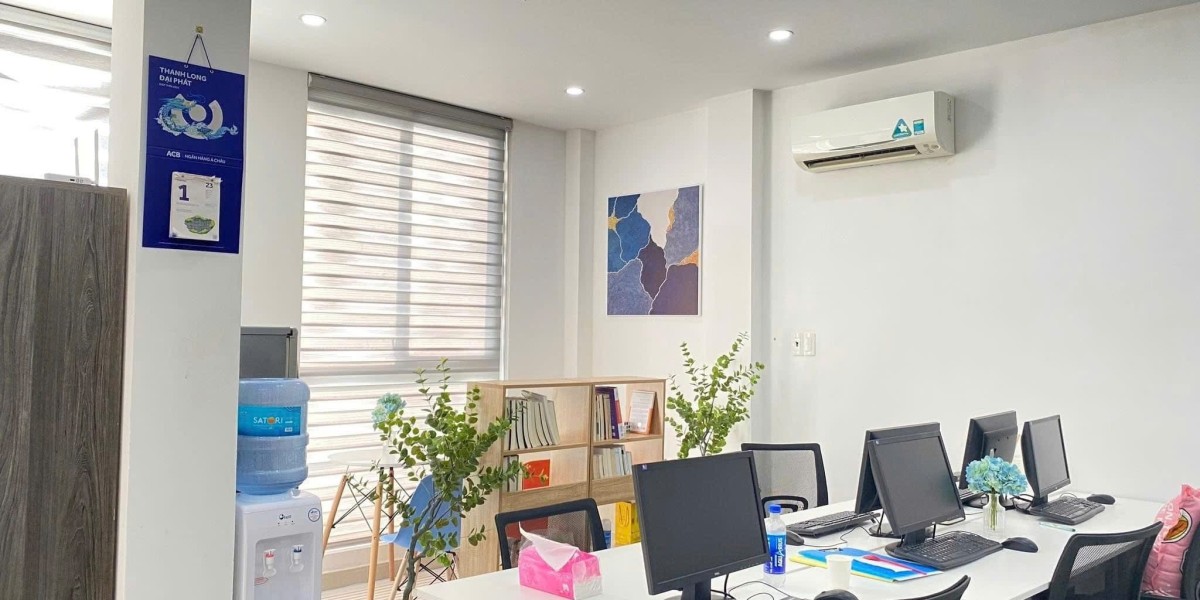Plastic pollution has become one of the most pressing environmental issues, largely due to the overuse of conventional plastic bags. These traditional plastics take centuries to decompose, causing severe harm to ecosystems. Biodegradable plastic carry bags, however, offer a promising solution. These bags are designed to break down more quickly, reducing long-term environmental damage. In this article, we'll explore the world of biodegradable plastic bags, their advantages, and their future potential.
Environmental Impact of Conventional Plastic
Conventional plastic bags contribute significantly to landfill waste and ocean pollution. They are often made from petroleum-based polymers, which are non-biodegradable. As a result, they can persist in the environment for hundreds of years, leaching toxic substances and harming wildlife.
How Biodegradable Plastic Bags are Changing the Game
Biodegradable plastic bags break down naturally in the environment, thanks to the microorganisms that can decompose their organic materials. These bags are made from renewable resources such as corn starch, which significantly reduces their carbon footprint compared to petroleum-based plastics.
What are Biodegradable Plastic Bags?
Definition and Overview
Biodegradable plastic bags are designed to degrade naturally under environmental conditions. Unlike conventional plastic bags, which are made from non-renewable fossil fuels, biodegradable bags are produced using organic materials that microbes can break down over time.
Difference Between Biodegradable and Compostable Bags
While both biodegradable and compostable bags break down naturally, compostable bags are specifically designed to decompose in a composting environment. Biodegradable bags, on the other hand, can decompose in various conditions, including landfills.
Types of Biodegradable Plastic Bags
Starch-Based Plastic Bags
Starch-based plastic bags are made from renewable resources like corn, potatoes, and wheat. These bags can decompose in landfills or compost environments, making them one of the most eco-friendly options.
Polylactic Acid (PLA) Plastic Bags
PLA bags are derived from fermented plant starch (usually corn). They have gained popularity due to their biodegradable properties and are often used in food packaging.
Polyhydroxyalkanoates (PHA) Plastic Bags
PHA plastic bags are made from bacteria-produced polymers. These bags offer a completely biodegradable alternative to traditional plastics and are used in various industrial applications.
Key Benefits of Using Biodegradable Plastic Bags
Reducing Carbon Footprint
By switching to biodegradable plastic carry bags, consumers and businesses can significantly reduce their carbon footprint. The production of these bags uses fewer fossil fuels and emits fewer greenhouse gases.
Minimizing Waste and Landfill Issues
Biodegradable bags decompose faster than traditional plastics, taking only a few months to break down in the right conditions. This reduces the amount of waste that ends up in landfills and oceans.
Improved Decomposition Rates
Unlike conventional plastics, biodegradable bags decompose into non-toxic byproducts like water, carbon dioxide, and biomass, minimizing their environmental impact.
The Manufacturing Process of Biodegradable Plastic Bags
Key Materials Used
The most common materials used in biodegradable plastic bag production include starch, PLA, and PHA. These materials are sourced from renewable resources, making the production process more sustainable.
Steps Involved in the Production
The production process involves fermenting plant materials or using microbial fermentation to produce the base polymers. These polymers are then processed into thin films, which are shaped into bags.
Common Uses for Biodegradable Plastic Bags
Retail Shopping and Grocery
Many retailers are switching to Biodegradable plastic bags manufacturer for shopping and groceries, allowing consumers to make environmentally conscious choices.
Waste Disposal
Biodegradable plastic bags are also popular for waste disposal, particularly for compostable waste, as they degrade alongside organic matter.
Industrial Applications
Industries are increasingly using biodegradable plastic bags in packaging, particularly in sectors where environmental impact is a concern, such as agriculture and food packaging.
Environmental Impact of Biodegradable Plastic Bags
Decomposition Process
The decomposition process of biodegradable plastic bags depends on environmental conditions such as heat, moisture, and microbial activity. In ideal conditions, these bags can break down in a matter of months.
Comparing to Conventional Plastic Bags
Compared to conventional plastic bags, biodegradable bags offer a much lower environmental impact. While traditional plastic can take hundreds of years to decompose, biodegradable bags break down in a fraction of that time, significantly reducing pollution.
Challenges Facing Biodegradable Plastic Bags
Higher Costs
One of the biggest challenges is the higher production cost of biodegradable bags compared to conventional plastic. This makes them less accessible to some consumers and businesses.
Limited Availability
Despite their benefits, biodegradable plastic bags are not as widely available as conventional plastic bags, which limits their widespread adoption.
Misconceptions and Lack of Awareness
Many consumers are unaware of the true environmental impact of biodegradable bags. Misconceptions, such as the belief that all plastics labeled "biodegradable" are eco-friendly, hinder progress.
Biodegradable Plastic Bags Manufacturer Innovations
Use of Renewable Resources
Manufacturers of biodegradable plastic bags are continuously exploring the use of renewable resources, such as plant-based materials and agricultural waste. This not only reduces reliance on petroleum-based products but also ensures that the bags are produced sustainably. As a result, the carbon footprint is significantly reduced.
Technological Advancements
Technological advancements are also driving innovation in the biodegradable plastic industry. From enhanced polymerization techniques to more efficient production processes, manufacturers are finding ways to improve the quality and durability of biodegradable bags. New innovations such as dual-layered biodegradable bags offer increased strength and longevity, without compromising on eco-friendliness.
The Role of Legislation and Policy
Policies Promoting Biodegradable Alternatives
Governments around the world are implementing policies that encourage the use of biodegradable plastic carry bags. These regulations include banning single-use plastics and offering tax incentives for companies that switch to biodegradable alternatives. Such policies are critical in reducing plastic pollution and promoting sustainable practices.
International Regulatory Standards
Several international bodies have set regulatory standards for biodegradable plastics. These standards ensure that the products labeled as biodegradable meet specific decomposition requirements. This provides consumers with the confidence that the products they purchase will perform as expected and won’t leave a harmful impact on the environment.
Consumer Awareness and Adoption
Why Consumer Behavior Matters
The success of biodegradable plastic bags depends largely on consumer adoption. Consumers have the power to drive change by choosing environmentally friendly products. However, awareness is still a major hurdle. Many people are unaware of the benefits of biodegradable bags or how to properly dispose of them.
How to Encourage Sustainable Practices
Educating consumers on the importance of biodegradable plastics is key to promoting adoption. Simple initiatives like informative packaging, social media campaigns, and partnerships with retailers can help raise awareness. Encouraging proper disposal methods, such as composting, is equally important to ensure that biodegradable bags are used effectively.
Expert Insights on Biodegradable Plastic
Perspectives from Environmentalists
Environmental experts highlight the crucial role biodegradable plastics play in the fight against plastic pollution. According to many environmentalists, while biodegradable plastics alone are not the ultimate solution, they are a significant step towards a more sustainable future. By replacing traditional plastics with biodegradable options, we can drastically reduce plastic waste in landfills and oceans.
Industry Leaders' Thoughts on the Future
Industry leaders in the biodegradable plastic sector are optimistic about the future. They foresee continued innovation in materials and processes that will make biodegradable plastic bags more affordable and accessible to the masses. The combination of consumer demand, technological advancements, and supportive government policies is expected to drive the market for biodegradable plastics forward.
Future Trends in Biodegradable Plastics
Emerging Technologies
The future of biodegradable plastic bags is bright, with emerging technologies leading the way. Innovations in nanotechnology, for instance, are being explored to enhance the strength and biodegradability of these materials. Additionally, research into microbial-based decomposition is making it possible to develop plastics that break down even faster and in a wider range of environments.
Scaling for Global Adoption
For biodegradable plastic bags to become a global standard, scaling up production and reducing costs is essential. Manufacturers are working to streamline production processes, making biodegradable bags more affordable for businesses and consumers alike. Partnerships between governments, industries, and environmental organizations will be key to achieving this goal.
Practical Tips for Consumers
Choosing the Right Biodegradable Bag
When shopping for biodegradable plastic carry bags, consumers should look for certified products that meet international biodegradable standards. Certification ensures that the bags will break down in a reasonable time frame and under typical environmental conditions.
Proper Disposal Methods
To ensure that Biodegradable polythene bags do not contribute to pollution, it's important to dispose of them properly. Consumers should follow the manufacturer’s recommendations, which may include composting the bags or disposing of them in a commercial composting facility. Some biodegradable bags can also be disposed of in regular waste, but composting is generally the best option for reducing environmental impact.
Conclusion
Biodegradable plastic bags offer an eco-friendly alternative to conventional plastic, helping to reduce pollution and promote sustainability. With growing awareness, advancements in technology, and supportive legislation, biodegradable bags are poised to become a key part of the solution to the plastic crisis. As consumers, businesses, and policymakers work together, we can move towards a greener and more sustainable future, one biodegradable bag at a time.
FAQs
How long does it take for biodegradable plastic bags to decompose?
The decomposition time for biodegradable plastic bags varies depending on the material and environmental conditions. Typically, they can break down within 3 to 6 months in a composting facility, though some may take up to a year in less optimal conditions.
Are biodegradable plastic bags better for the environment?
Yes, biodegradable plastic bags are better for the environment because they reduce plastic pollution. They break down naturally without leaving toxic residues or microplastics, which are harmful to ecosystems.
Can biodegradable plastic bags be recycled?
No, biodegradable plastic bags are generally not meant to be recycled with traditional plastics. They are best suited for composting. If mixed with recyclable plastics, they may contaminate the recycling process.
How do I dispose of biodegradable plastic bags properly?
The best way to dispose of biodegradable plastic bags is through composting. Many biodegradable bags are labeled as “compostable,” meaning they can be placed in a home compost bin or sent to a commercial composting facility. Always check the packaging for proper disposal instructions.
What are biodegradable plastic carry bags made from?
Biodegradable plastic carry bags are typically made from renewable materials like cornstarch, potato starch, or sugarcane. Some bags may also be made from biodegradable polyesters derived from plant-based sources.






